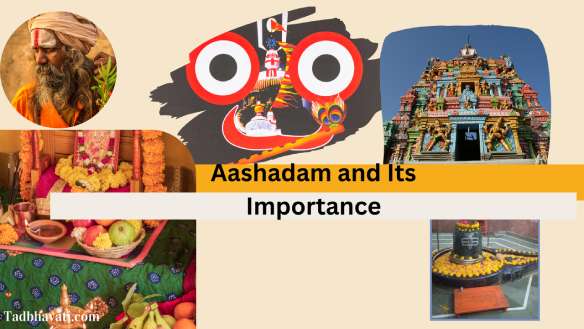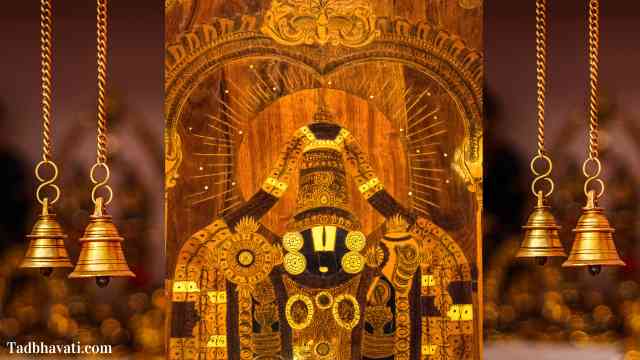Bhishma Ekadashi marks an important event of Mahabharata. It is the Ekadashi that comes in the Maga season, Shukhla Paksha of Uttrayana. As the Ekadashi that came after Bhishma left his body on Ashtami tithi, it is known as “Bhishma Ekadashi”.

Who Is Bhishma? and Why He is Regarded as the Most Powerful Character of Mahabharata
Lord Bhishma was the supreme commander of the Kauravas at the time of the Kurukshetra war. He is Born to King Shantanu and Goddess Ganga; Bhishma is gifted with several boons and powers since his childhood. According to the epic, he is trained under some of the most powerful sages such as Vashista, Brihaspati, Shukracharya, Markandeya, and Lord Parashurama. Due to some of his immense acts, he is gifted with a boon where he can choose when to give up his life.
He is one of the central roles of the epic to witness the entire events of Mahabharata and the only one to witness the mighty avatar of Lord Vishnu
During the 18 days of the Kurukshetra war, Lord Bhishma fought for 10 days, and on the 10th day of the war, he was defeated by Pandavas pierced with multiple arrows that passed through his body forming a bed of arrows. Yet, Lord Bhishma didn’t give up his life as he didn’t want to leave his body during the Dakshinayana period (moment of the Sun in the southern direction) So, he waited for 58 days for the auspicious Uttarayana to begin i.e. the period when Sun shifts to North direction
Finally on the Ashtami Tithi; Shukla Paksha month of Magha season Bhishma left his soul – This day is observed as Bhishma Ashtami
The five days between Bhishma Ashtami to Bhishma Ekadashi are known as Bhishma Panchakam
Significance of Bhishma Ekadashi
According to Mahabharata and sacred Hindu scriptures, Bhishma Ekadashi is observed as an important day to perform rituals to Lord Vishnu such as reciting the thousand divine names of Lord Vishnu – Vishnusahasranamam
During the 58 days of lying on the arrow bed, several prominent figures in Mahabharata came to express their condolences to Bhishma. Among which Lord Krishna is one. Upon realizing the Mahavishnu swaroopam of Lord Krishna; Bhishma full of tears praised Lord Krishna with thousand divine words which became popular in every household as “Vishnu Sahasranamam”
Bhishma Ekadashi is also considered the day Vishnu Sahasranamam was born and preached to the world by Bhishma; hence it is also known as “Vishnu Sahasranama Jayanthi”
During these 58 days, Bhishma also preached the most important lessons to Yudhishthira such as, “Raja Dharma” (the duties of the king), Moksha Dharma(duties for salvation) as well as several Vedas and Sacred lessons and then finally gave up his life
Reciting “Bhishma Parvam” – the life journey of Lord Bhishma during Bhishma Ekadashi is known to remove sins and bad karma and can impart positivity in one’s life
It is also well known that any work started during Bhishma Ekadashi is known to yield good results
How to Perform Bhishma Ekadashi Pooja
Bhishma Ekadashi falls under the Magha season, Shukla paksha in Uttarayana. It is observed as the day Bhishma’s soul attained Moksha by merging with Lord Vishnu. During this day, performing rituals to Lord Vishnu is considered very auspicious. Following rituals are observed during this holy day
- Fasting is started from the evening of Dwadashi – the day before Ekadashi
- On the Ekadashi day, the entire house and pooja mandir is cleaned spik and span by early morning. Devotees should take a clean head bath and wear white garments
- An idol of Lord Vishnu or Sri Krishna is placed in the center of the mandir and decorated with garland and Bindi
- Later, diyas made from cow ghee were lightened and then, before starting the pooja one must recite the Shodasha Namavali of Ganesha and Vishnu
- Later, the devotee should attentively and peacefully recite the Vishnu Sahasranamam.
- After that, One can offer a traditional homemade dish to God and then serve it to the elders or children of the house
- In the evening, once the devotee takes a clean bath they should light the diyas and perform the pooja again. During this time, he/she can recite Vishnu Ashtottram (108 names of Lord Vishnu)
- At night, the devotee must keep awake during which they can recite the divine names of Vishnu or chant the mantra “Om Namo Narayana” or read Mahabharata
- On the next day (Dwadashi) early morning, the devotee takes a clean bath, and finally breaks the fast



